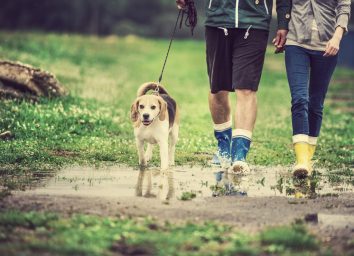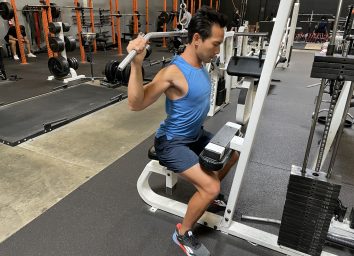One Secret Side Effect of Walking Faster, Says Science

There are a lot of factors that can play into having a long, healthy life, including genetics, diet, and the social determinants of health such as where you live and your economic stability. But an often-underestimated one is your mobility, aka your body's ability to move freely and without pain. This gets especially important as you get older, since you start to lose muscle and bone mass naturally with age (which affects your ability to move around). Mobility can predict the quality of life in older adults, since limited mobility is associated with poorer physical and mental health outcomes, limited access to health services, and increased risk of falls and other injuries.
Luckily, there are things you can do now to support your mobility (and thus, your longevity) in the future. A study from earlier this year, published in the journal Exercises and Sport Sciences Reviews, found that the walking speed of an older, able-bodied adult was a good indicator of their mobility status. The study authors also found that you could use a person's walking speed to "prescribe" specific exercise to improve and support their mobility.
Based on existing research, the study authors proposed that older adults who walk slower than 0.8 meters per second (about 2.6 feet) should be considered low mobility, while those who walk between 0.8 and 1.4 meters per second (between 2.6 and 4.6 feet per second) would be considered average mobility. Older adults who can walk faster than 1.4 meters per second are considered highly mobile. (The study did not discuss an alternative for people who cannot walk due to an existing disability or illness.)
The study authors add that you can increase your mobility with regular, age-appropriate exercise. Older adults with slower walking speeds should focus on hitting the recommended activity requirements for their age. Folks with higher walking speeds "should perform balance and resistance training with increasing volumes of specific task loads, such as perturbation and dual-task exercises," the study authors write.
Walking speed is not the only metric for understanding your mobility, especially if you have a disability that prevents you from walking. But if you're an avid walker and want to support your long-term mobility, there are things you can do now to speed up your walking pace. Not only will you get more benefits out of your walking workout, you might just live longer, too. And for more intel on the longevity benefits of walking, check out Exactly How Fast You Need to Walk to Live Longer, Says Science.
Mind your form
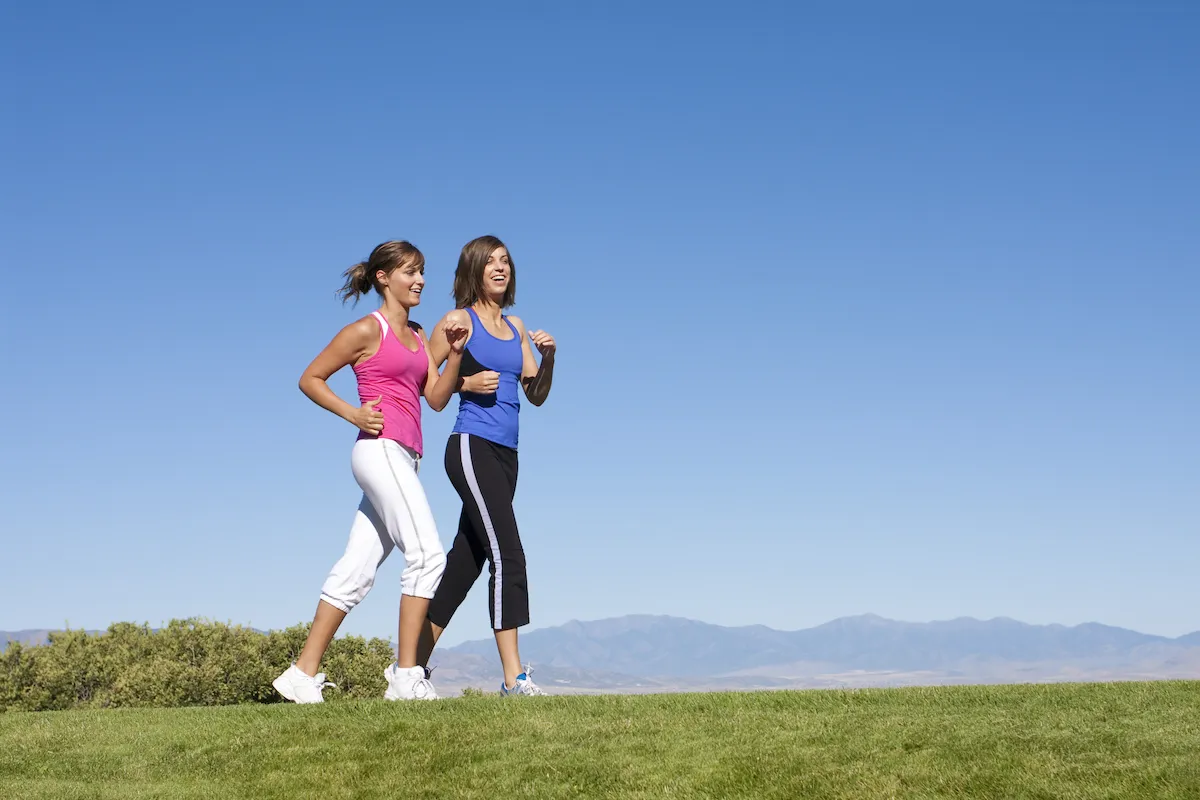
Proper walking form requires good posture. Standing tall, with your shoulders back and your core engaged, will allow you to properly power your walk from your legs—which will let you pick up the pace without straining your muscles.
Take smaller strides

This might sound counter-intuitive, but taking super long strides puts you at risk of soreness and strain. "Too long of a step can put too much force on the knees and lower back," Justin Meissner, a NASM-certified trainer, previously told ETNT. Instead, per the AARP, you should be taking smaller strides at a faster pace. (And watch out for these other Walking Mistakes You Should Never Make.)
Focus on your arm swing
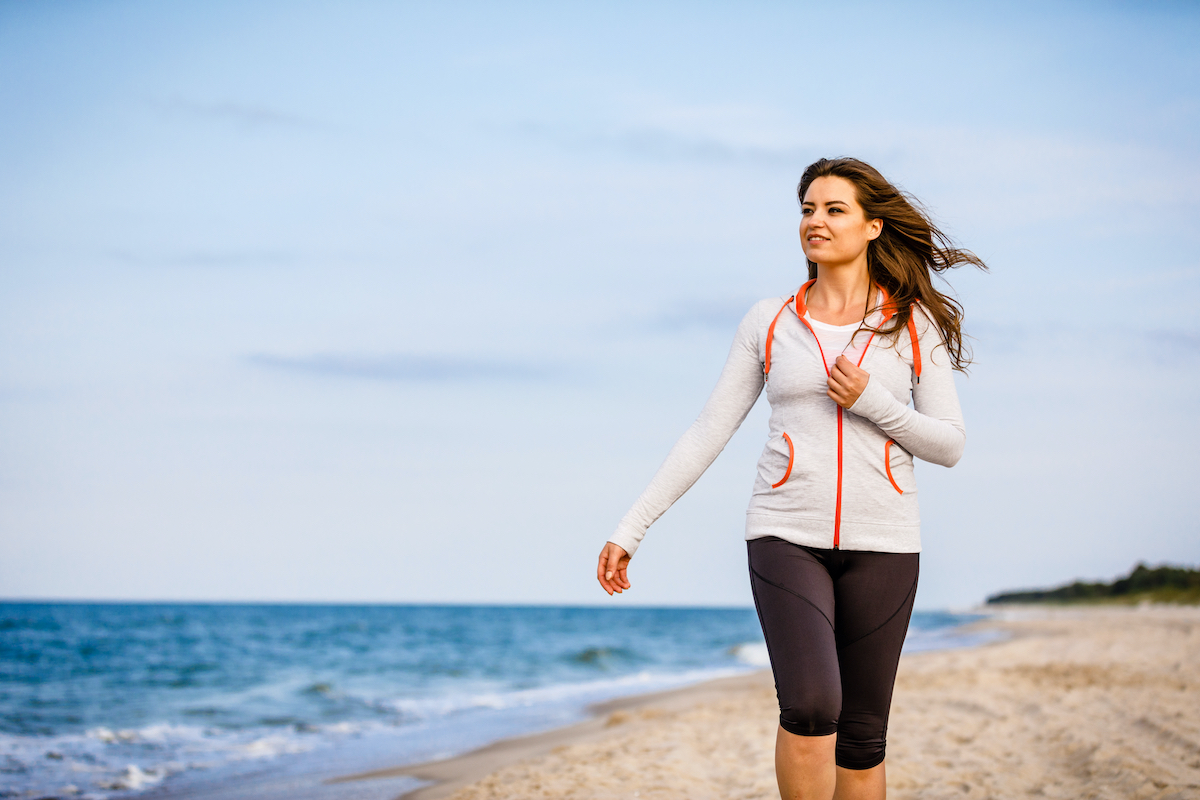
Joanna Hall, MSc, a walking coach and creator of WalkActive, recommends speeding up your arm swing to speed your pace. "Using your arms creates a better rhythm for your walk, whereas trying to speed up your foot strike creates postural misalignment and can compromise pace and technique," she shared on her site. According to Harvard Health, you should also swing your arms from your shoulders rather than your elbows.
Try faster intervals
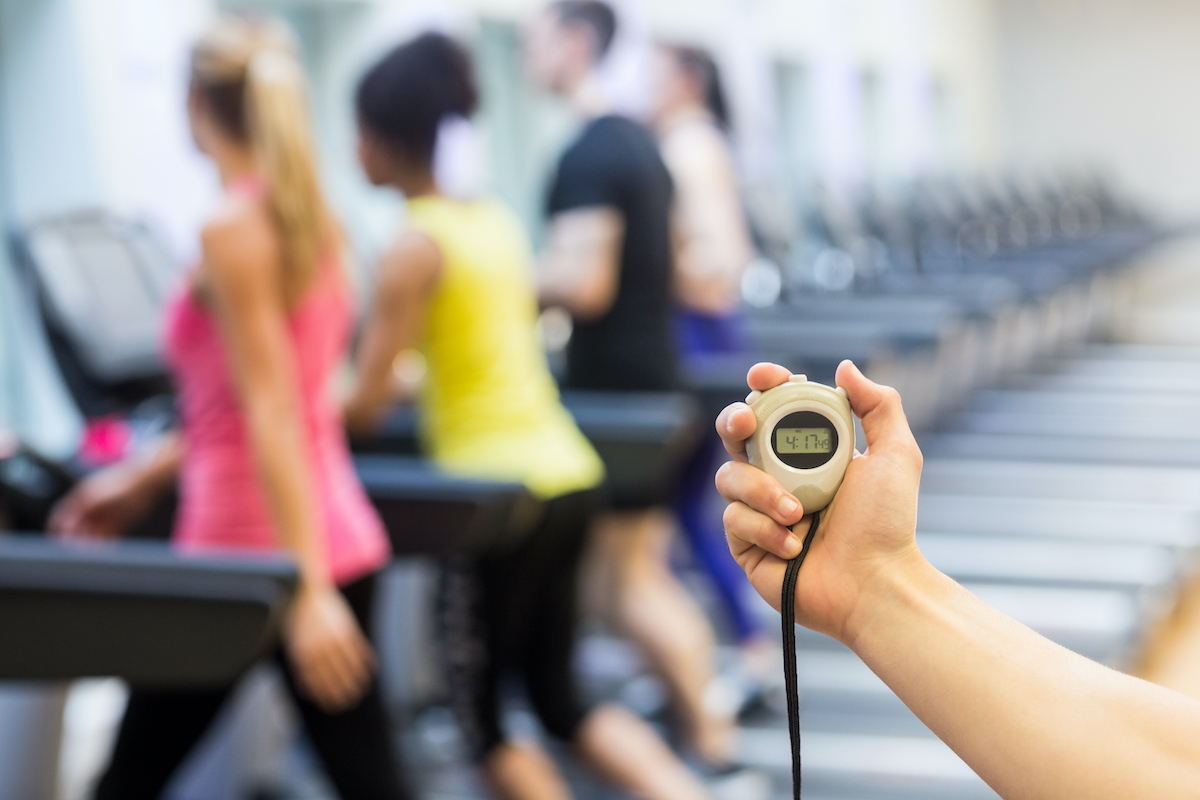
Ease into a faster pace with interval training. "Walk at your normal pace to warm up, then walk at an aggressive pace, take a short slower recovery break, and repeat," Joyce Shulman, CEO and co-founder of 99 Walks, told Well+Good. With each walk, the faster pace intervals should get a bit longer, she says, until the whole walk is at the faster pace. Time yourself with a stopwatch or your phone while you're out to keep track. (And for more longevity tips, check out One Secret Exercise Trick That Can Extend Your Life.)
